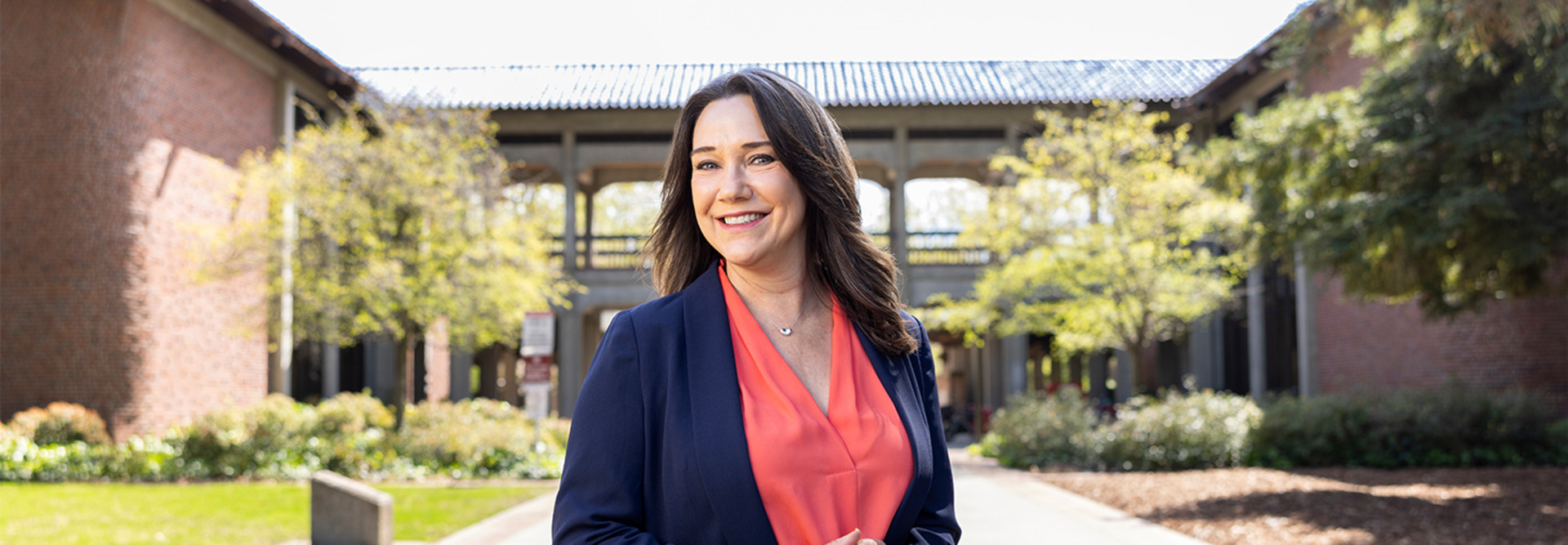EDTECH: What are the hallmarks of humanized learning?
PACANSKY-BROCK: Humanized online learning emphasizes positive instructor-to-student relationships. That’s the center of a humanized online learning experience. To ensure that type of experience occurs, faculty really need to have self-awareness about their own identities.
This is particularly true for our faculty who teach from a dominant perspective — myself included. Our dominant identities can prevent us from understanding the realities of individuals who are experiencing the same situation from a marginalized perspective.
Digital fluency is important, to be able to record quick videos on your phone and understand how to host them and get them captioned. Having students share their own life experiences is an important part of humanizing because it allows students to see that there are others in the class that share their realities.
But what I find the hardest is getting faculty to make the shift from impersonal professionalism — which is very much wrapped into the role of being a professor — to relational authority, and to understand that building connections with students can also be paired with high expectations.
EDTECH: How do you counter the narrative that assumes technology is inherently dehumanizing?
PACANSKY-BROCK: It’s terribly concerning to me when I look at the conversations happening in higher education, even in community college contexts where asynchronous online courses have been part of what we’ve been doing for more than ten years. In the California Community College system, if you look at the 10 years of enrollment before COVID-19, our asynchronous online course enrollments are the only enrollments that have grown. But that’s not a conversation we are having.
Instead, we are saying online is not high-quality, and we’re making this assumption that it can’t be high-quality. What we need to be doing is saying, “Folks, we need to lean into this and figure out how to do this in a way that supports all students,” because all the research coming out right now points to the need to create flexible experiences for our students. So, how do we break that mindset?
I think the first thing that has to happen is for leaders to start shifting the narrative around education, and for those who are leading conversations about inclusion and belonging and equity to intentionally include asynchronous online courses.
MORE: Check out EdTech’s Higher Ed IT Influencers to Follow, including Pacansky-Brock.
EDTECH: Does the technology have to change to humanize the online asynchronous experience?
PACANSKY-BROCK: All the tools that we share in our professional development around humanizing online learning are free. We have faculty use their phones to record their videos. We have faculty upload their videos to YouTube. We teach faculty how to ensure the captions are accurate. We show them how to embed their videos in their learning management system. We have faculty participate in asynchronous video conversations using Flip, a free tool from Microsoft, and they learn how to set up assignments with it. So, I think more investments need to be made in supporting faculty and providing professional development.
EDTECH: So the technology an institution already has in place can be optimized with these tools that are freely available, if faculty are taught how to use them?
PACANSKY-BROCK: Exactly. And you can’t invite faculty into Zoom or into a conference room and facilitate professional learning about how to foster inclusion asynchronously. That professional development has to happen asynchronously also.
This is something that we’re finding through our faculty training program; we have data that shows that it’s the relationship that our participants have with the course facilitator that guides them. We have faculty who say things like, “I didn’t think I was going to get this done, but my facilitator was flexible. My facilitator kept saying, ‘You can do it. I believe in you. I’m here to support you. What do you need help with? And if you need a few more days, no problem.’” It’s that relationship — again, pairing that challenge and care — that shifts mindsets. By the end of the professional development, the participant can really experience how to build a relationship across distance through technology.











